A team of scientists have successfully demonstrated the world's first cosmic-ray GPS to detect movement underground and in volcanoes which can potentially aid in future search-and-rescue missions.
The research team, led by Prof. Hiroyuki Tanaka from the University of Tokyo, has developed a wireless muometric navigation system or MuWNS, a novel wireless navigation technique.When cosmic rays enter the Earth's atmosphere, they collide with the atoms and molecules in the air, producing a shower of secondary particles calledMuons can penetrate and pass through solid objects, with the degree of penetration depending on the density of the material.
Tanaka and his team exploited this property of cosmic rays to map the interiors of hard-to-access places such as volcanoes, the core of nuclear reactors, and pyramids.Tanaka and his team had previously developed a predecessor to the MuWNS called the muometric positioning system . The muPS was used to detect seafloor changes using muons. It involved four surface-level reference stations and a receiver station on the ocean floor.
The reference and receiver detectors are synchronized using high-precision quartz clocks to prevent timing discrepancies and ensure accuracy in positioning. The team then tested their MuWNS system by giving a person the receiver detector in the basement of a building and placing four reference detectors on the sixth floor of the same building. The researchers successfully rebuilt the underground navigator's path by screening for cosmic rays picked up by the detectors and receiver.
United States Latest News, United States Headlines
Similar News:You can also read news stories similar to this one that we have collected from other news sources.
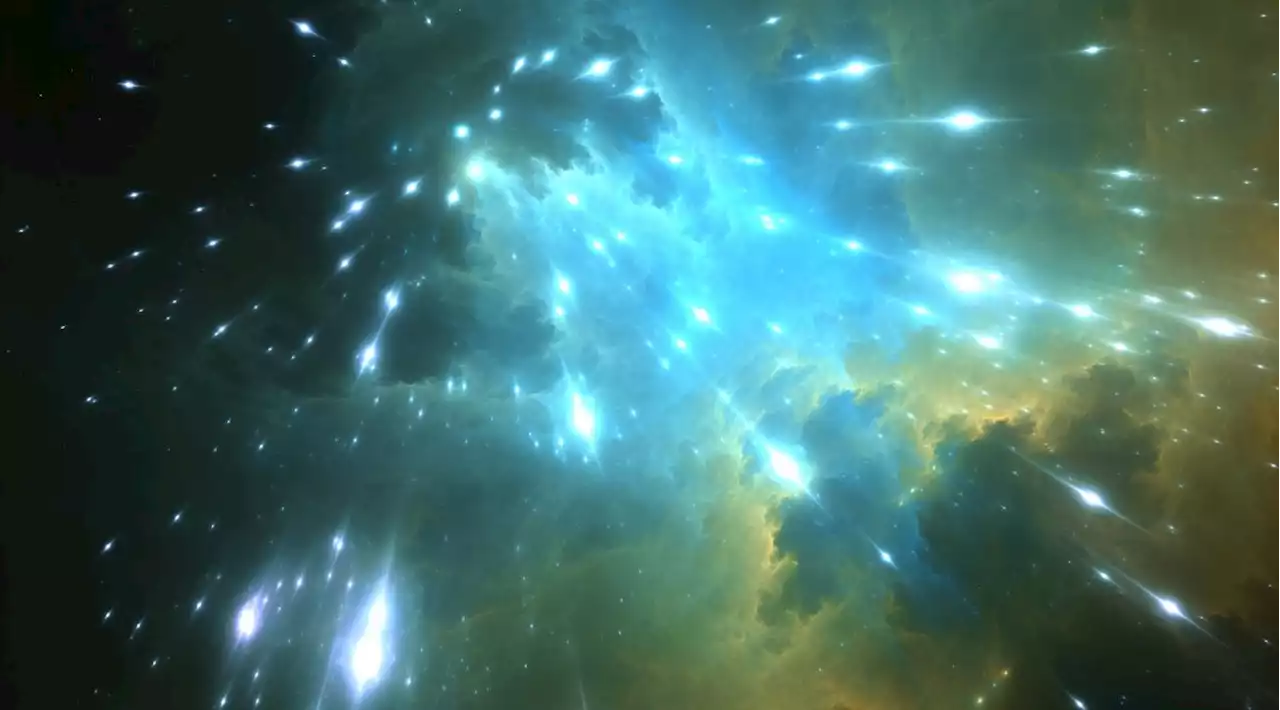 Cosmic-ray 'GPS' system that tracks underground movement could change the way we respond to disastersA new system that uses subatomic particles produced high in Earth's atmosphere could provide a view inside volcanoes and help locate people trapped beneath rubble.
Cosmic-ray 'GPS' system that tracks underground movement could change the way we respond to disastersA new system that uses subatomic particles produced high in Earth's atmosphere could provide a view inside volcanoes and help locate people trapped beneath rubble.
Read more »
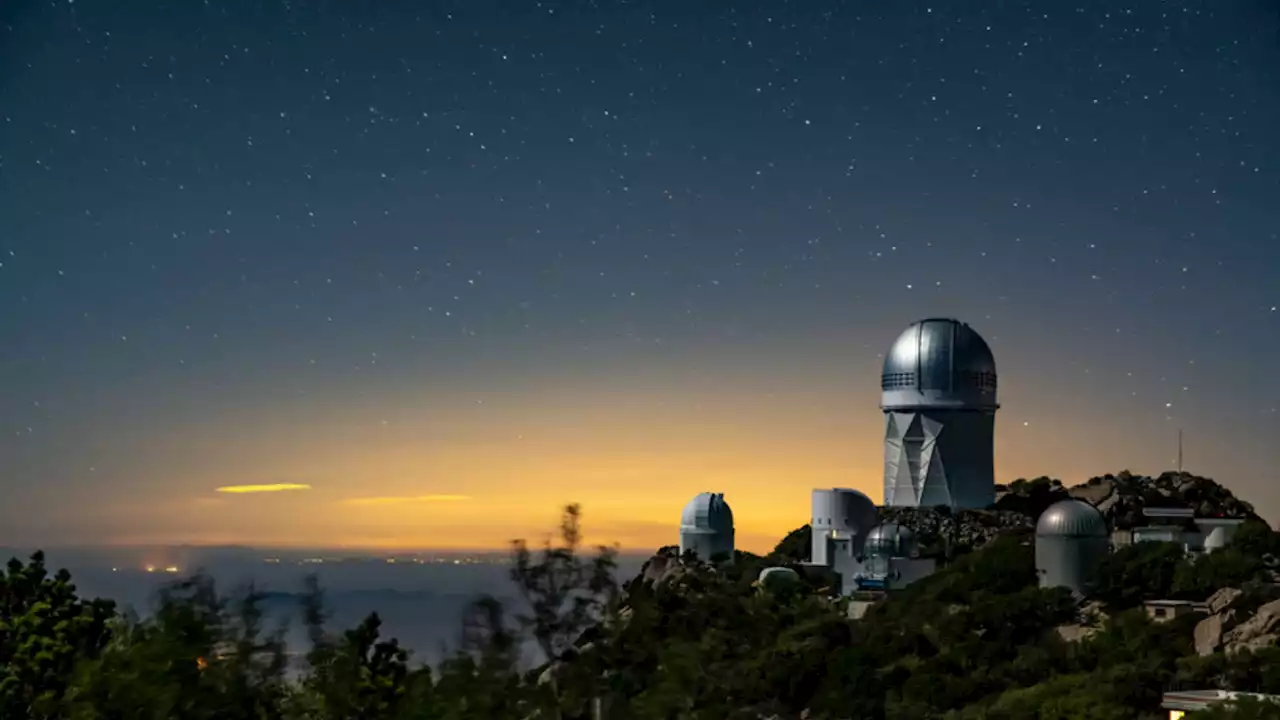 First batch of DESI data available for scientists to mineEarly Dark Energy Spectroscopic Instrument (DESI) release holds nearly two million objects, including distant galaxies, quasars and stars in our own Milky Way.
First batch of DESI data available for scientists to mineEarly Dark Energy Spectroscopic Instrument (DESI) release holds nearly two million objects, including distant galaxies, quasars and stars in our own Milky Way.
Read more »
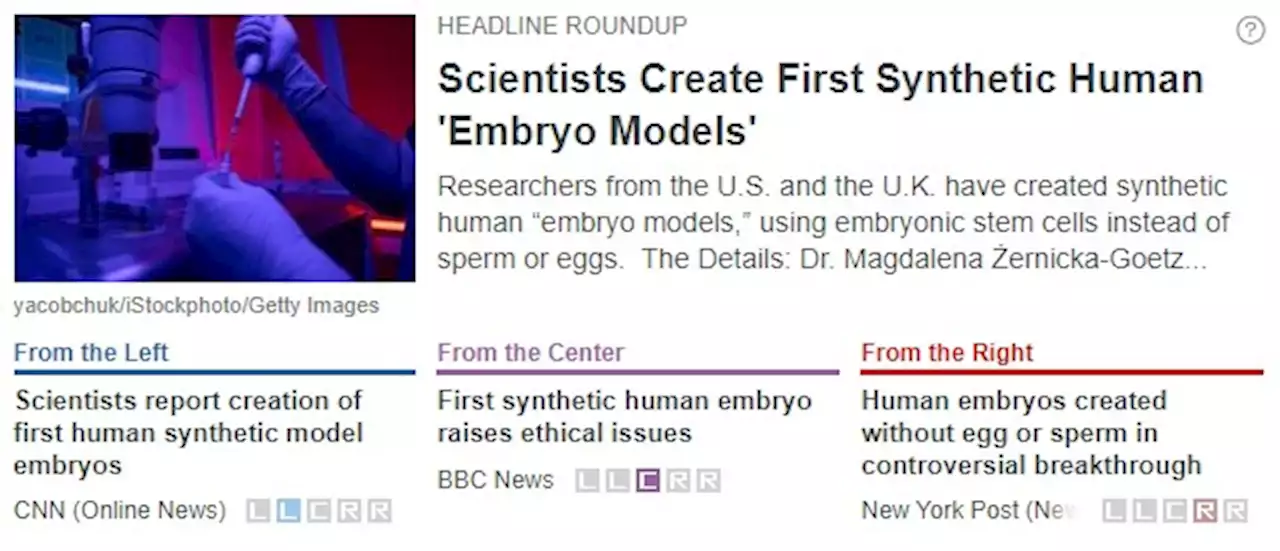 Scientists Create First Synthetic Human 'Embryo Models'Researchers from the U.S. and the U.K. have created synthetic human “embryo models,” using embryonic stem cells instead of sperm or eggs. See potential bias and similarities in coverage from CNN, BBCNews and nypost: Embryo Science
Scientists Create First Synthetic Human 'Embryo Models'Researchers from the U.S. and the U.K. have created synthetic human “embryo models,” using embryonic stem cells instead of sperm or eggs. See potential bias and similarities in coverage from CNN, BBCNews and nypost: Embryo Science
Read more »
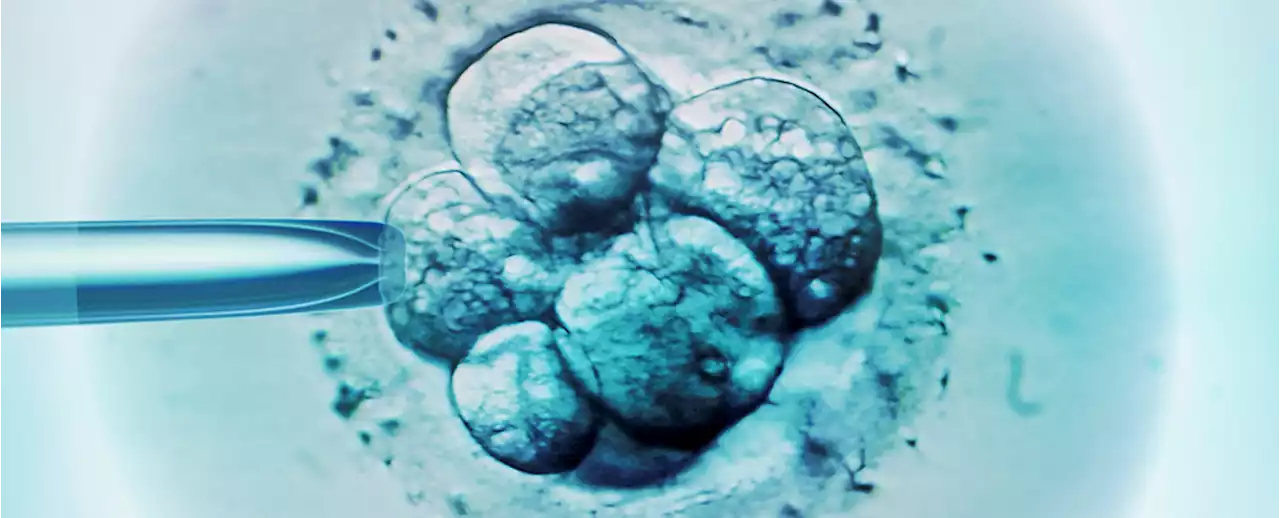 Scientists Create Synthetic Human Embryo Models in Major FirstIn a major scientific first, synthetic human embryo models have been grown in the lab, without any need for the usual natural ingredients of eggs and sperm.
Scientists Create Synthetic Human Embryo Models in Major FirstIn a major scientific first, synthetic human embryo models have been grown in the lab, without any need for the usual natural ingredients of eggs and sperm.
Read more »
 Scientists can earn crypto as Brian Armstrong startup raises $5 millionCoinbase CEO Brian Armstrong's ResearchHub, which rewards scientists with cryptocurrency, has raised $5 million in a funding round.
Scientists can earn crypto as Brian Armstrong startup raises $5 millionCoinbase CEO Brian Armstrong's ResearchHub, which rewards scientists with cryptocurrency, has raised $5 million in a funding round.
Read more »
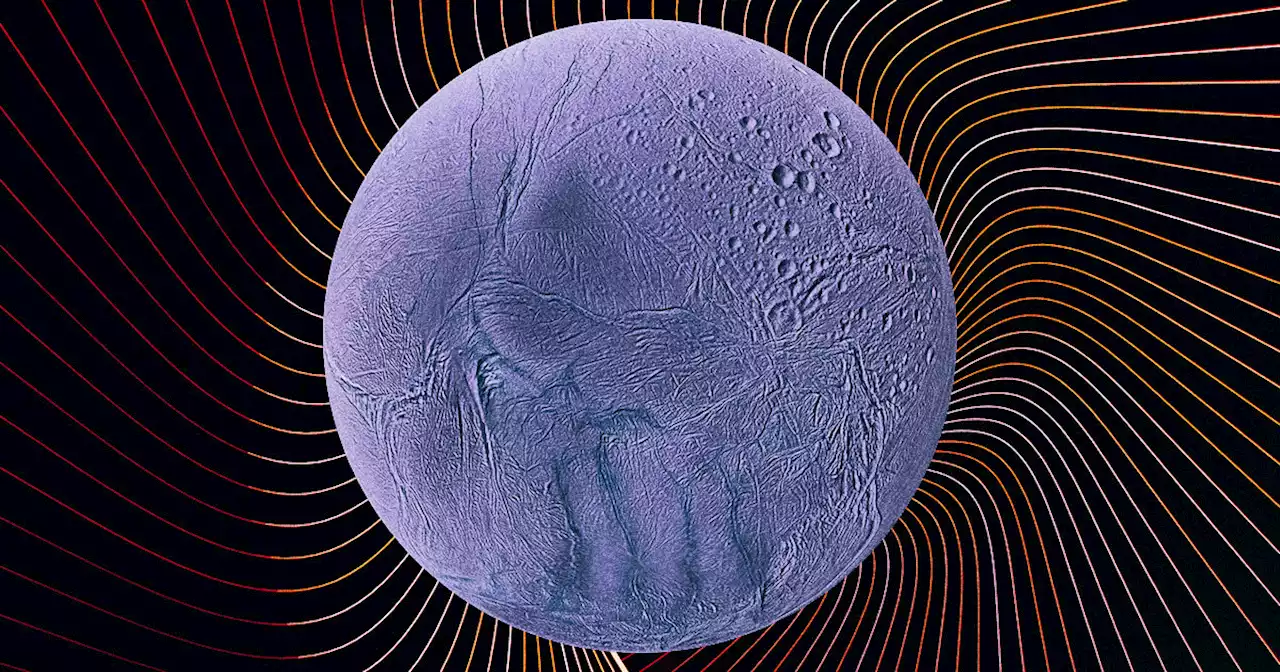 Scientists Extremely Intrigued to Find Ingredients for Life on EnceladusEnceladus, an icy, 300 miles-in-diameter Moon that orbits Saturn, contains all of the six major ingredients for life after all.
Scientists Extremely Intrigued to Find Ingredients for Life on EnceladusEnceladus, an icy, 300 miles-in-diameter Moon that orbits Saturn, contains all of the six major ingredients for life after all.
Read more »
